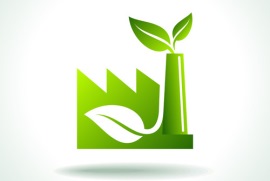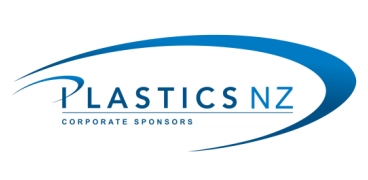Energy Efficiency

Plastics manufacturing is an energy intensive industry using more than 1.7 petajoules of energy every year, at an estimated cost of more than $66 million. Energy represents between 5 and 8% of total costs for a plastics manufacturer, so reducing the use of energy can lead to significant savings as well as reducing companies' carbon footprint.
Plastics NZ has developed the Best Practice Energy Programme alongside the Energy Efficiency and Conservation Authority (EECA), to assist members in a very practical way to save energy. The plastics industry was the first industry sector in NZ to work with the EECA to develop a sector-wide industry approach to energy efficiency.
To date over 50 NZ plastics manufacturers have participated in the Programme and have found energy savings equivalent to between 10 and 20% of their total energy use. Many savings can be found with little or no up-front cost. Most businesses can save at least 20% of their energy costs – 10% through simple low and no-cost changes (a payback of 12 months or less) and a further 10% with some investment (payback of 1 – 5 years).
Funding for more Energy Efficient Equipment
There may be financial assistance available to your company if you are looking to install new technology that will make your operations more energy efficient. We recommend you look at the funding programmes available through the EECA for more information.
Some examples of plastics manufacturers that have successfully been awarded funding to adopt a new or under-utilised technology are:
1. Viscount Plastics - 40% grant for costs of an energy efficient cooling water upgrade which saved $38,000 per year
2. Axiam Plastics - 40% grant for vacuum resin dryer system
3. Tru-Test, Tru Design, Monaghan and Talbot Plastics - grants towards costs of all-electric injection moulding machines
4. Plastics NZ - 40% grant towards barrel and screw insulation for a trial at 3 plastics sites
Energy Audits
An energy audit conducted by an independent energy expert is an excellent way to start the process of becoming more energy efficient in your operations. In every audit undertaken through the Best Practice Energy Programme so far we have found that for every $1 invested in an audit, $10.90 worth of energy efficiency savings are identified.
There are different levels of audit, but typically an auditor will look at all the major energy-consuming devices on your site, develop an energy footprint of your operation, and then look for opportunities to improve the efficiency of your operations. Energy audits not only evaluate how efficiently energy is being used, but also identify energy and cost-saving opportunities and highlight potential improvements in energy use. Design audits determine whether your proposed new premises, processes or technology are as energy efficient as they could be. Both processes provide valuable information on which to base decisions about future investment in plant changes, new technology or process changes.
"The audit was terrific value for money. The auditors were very professional and required minimal involvement from me. The report showed me where energy is being used in my plant and practical ways for me to reduce costs. I thoroughly recommend one of these audits for every small plastics manufacturer". Tony Miller, Owner, Lane Plastics. Savings of 24% of annual energy spend identified.
For more information about audits, or to sign up for an audit, please contact Plastics NZ or take a look at the EECA Business website.
Best Practice Energy Case Studies
Energy audits conducted by the Plastics NZ Best Practice Energy Programme have identified common examples of energy efficiency gains for Plastics manufacturers. We have collated these examples of best practice into highly practical case studies which are designed to stimulate plant engineers and managers to think about the way they operate and the equipment they use. The case studies provide real examples of ways in which plastics manufacturers have saved money by optimising systems and changing technology.
